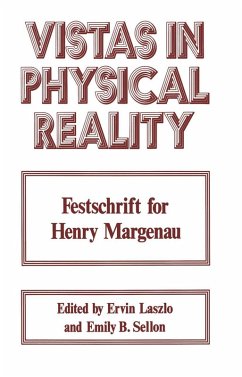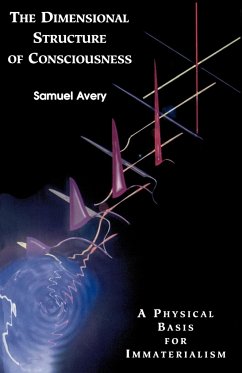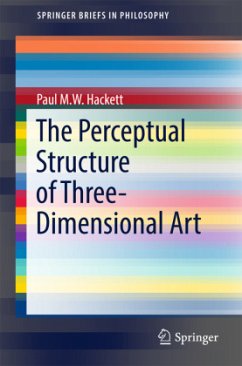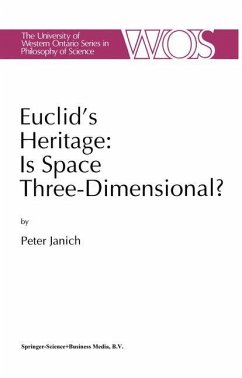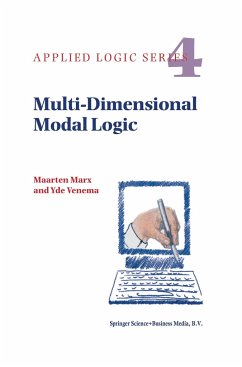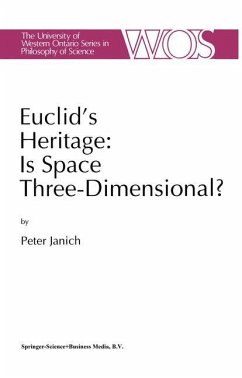
Four Dimensional Vistas
Versandkostenfrei!
Versandfertig in 1-2 Wochen
14,99 €
inkl. MwSt.

PAYBACK Punkte
7 °P sammeln!
There are two notable emancipations of the mind from the tyranny of mere appearances that have received scant attention save from mathematicians and theoretical physicists. In 1823 Bolyai declared with regard to Euclid's so-called axiom of parallels, "I will draw two lines through a given point, both of which will be parallel to a given line." The drawing of these lines led to the concept of the curvature of space, and this to the idea of higher space. The recently developed Theory of Relativity has compelled the revision of the time concept as used in classical physics. One result of this has...
There are two notable emancipations of the mind from the tyranny of mere appearances that have received scant attention save from mathematicians and theoretical physicists. In 1823 Bolyai declared with regard to Euclid's so-called axiom of parallels, "I will draw two lines through a given point, both of which will be parallel to a given line." The drawing of these lines led to the concept of the curvature of space, and this to the idea of higher space. The recently developed Theory of Relativity has compelled the revision of the time concept as used in classical physics. One result of this has been to introduce the notion of curved time. These two ideas, of curved time and higher space, by their very nature are bound to profoundly modify human thought. They loosen the bonds within which advancing knowledge has increasingly labored, they lighten the dark abysses of consciousness, they reconcile the discoveries of Western workers with the inspirations of Eastern dreamers; but best of all, they open vistas, they offer "glimpses that may make us less forlorn."






